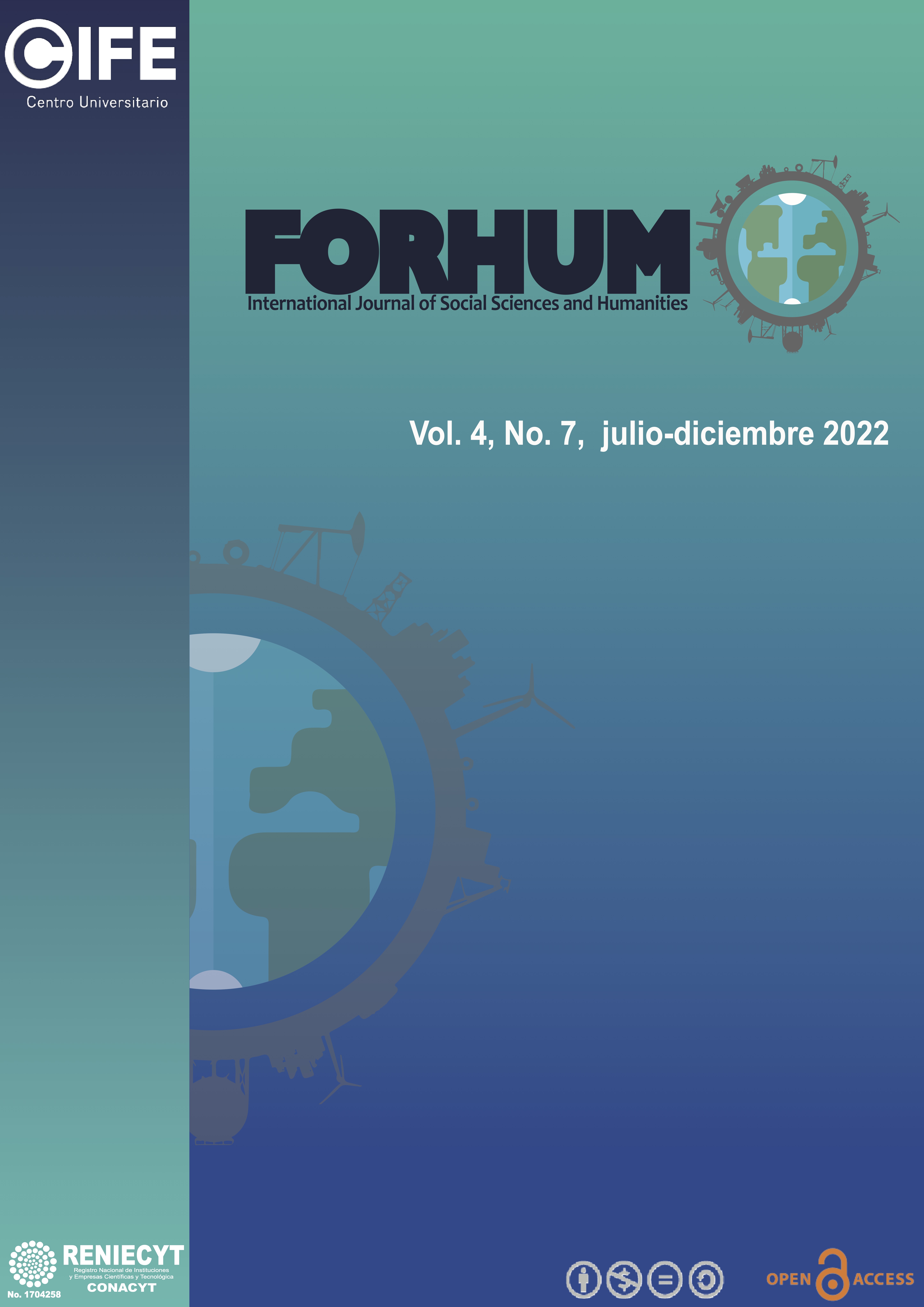Abstract
Pair programming (PP) is an agile approach in which two people work together in a systematic way to develop functional software applications in a short time. PP has been used both in the software industry and in programming education and has demonstrated its effectiveness in both scenarios. This paper shows a characterization of the current literature landscape with published papers found in Web of Science from 2000 to October 30, 2022. The results show that the United States is the leader in PP research, while Spanish-speaking countries have an incipient production. On the other hand, although the number of publications has increased in recent years, scientific production on this topic is still scarce. The current outlook reveals that there is still a wide potential to carry out research projects and contribute to the generation of knowledge about PP
References
Arisholm, E., Gallis, H., Dybå, T., & Sjøberg, D. I. K. (2007). Evaluating Pair Programming with Respect to System Complexity and Programmer Expertise. IEEE Transactions on Software Engineering, 33(2), 65–86.
Asnawi, A. L., Ahmad, A., Mohamed Azmin, N. F., Ismail, K., Jusoh, A. Z., Ibrahim, S. N., & Mohd Ramli, H. A. (2019). The Needs of Collaborative Tool for Practicing Pair Programming in Educational Setting. International Journal of Interactive Mobile Technologies (IJIM), 13(07), 17. https://doi.org/10.3991/ijim.v13i07.10722
Beck, K., & Andres, C. (2004). Extreme Programming Explained: Embrace Change. Addison-Wesley Professional.
Beck, K., Beedle, M., Bennekum, A. van, Cockburn, A., Cunningham, W., Fowler, M., James, G., Hunt, A., Jeffries, R., Kern, J., Marick, B., Martin, R., Mellor, S., Schwaber, K., Sutherland, J., & Thomas, D. (2001). Manifiesto ágil. Agilealliance.Org. https://agilemanifesto.org/iso/es/manifesto.html
Chen, K., & Rea, A. (2018). Do Pair Programming Approaches Transcend Coding? Measuring Agile Attitudes in Diverse Information Systems Courses. Journal of Information Systems Education, 29(2), 53–64.
Clarivate. (2022). Web of Science. webofscience.com
Dalton, J. (2019). Great Big Agile. In Great Big Agile. https://doi.org/10.1007/978-1-4842-4206-3
Erickson, J. (2005). Agile Modeling, Agile Software Develpment, and Extreme Programming: The State of Research. Journal of Database Management, 16(4), 88–100. https://doi.org/10.4018/jdm.2005100105
Karthiekheyan, K., Ahmed, I., & Jayalakshmi, J. (2018). Pair Programming for Software Engineering Education: An Empirical Study. The International Arab Journal of Information Technology, 15(2).
Malik, S. I., Shakir, M., Eldow, A., & Ashfaque, M. W. (2019). Promoting algorithmic thinking in an introductory programming course. International Journal of Emerging Technologies in Learning, 14(1), 84–94. https://doi.org/10.3991/ijet.v14i01.9061
McDowell, C., Werner, L., Bullock, H., & Fernald Julian. (2006). Pair Programming improves student retention, confidence and program quality. Communications of the ACM, 49(8), 90–95. https://doi.org/10.1145/1145287.1145293
Nurbekova, Z., Grinshkun, V., Aimicheva, G., Nurbekov, B., & Tuenbaeva, K. (2020). Project-based learning approach for teaching mobile application development using visualization technology. International Journal of Emerging Technologies in Learning, 15(8), 130–143. https://doi.org/10.3991/IJET.V15I08.12335
Poonam, R., & Yasser, C. M. (2018). An experimental study to investigate personality traits on pair programming efficiency in extreme programming. 2018 5th International Conference on Industrial Engineering and Applications, ICIEA 2018, 95–99. https://doi.org/10.1109/IEA.2018.8387077
Salleh, N., Mendes, E., & Grundy, J. C. (2011). Empirical studies of pair programming for CS/SE teaching in higher education: A systematic literature review. In IEEE Transactions on Software Engineering (Vol. 37, Issue 4, pp. 509–525). https://doi.org/10.1109/TSE.2010.59
Saltz, J. S., & Shamshurin, I. (2017). Does pair programming work in a data science context? An initial case study. Proceedings - 2017 IEEE International Conference on Big Data, Big Data 2017, 2348–2354. https://doi.org/10.1109/BigData.2017.8258189
Umapathy, K., & Ritzhaupt, A. D. (2017). A meta-analysis of pair-programming in computer programming courses: Implications for educational practice. ACM Transactions on Computing Education, 17(4), 1–13. https://doi.org/10.1145/2996201
Universidad Autónoma de Tamaulipas. (2022). Universidad Autónoma de Tamaulipas. www.uat.edu.mx
Villamor, M., & Rodrigo, M. M. (2018). Predicting successful collaboration in a pair programming eye tracking experiment. UMAP 2018 - Adjunct Publication of the 26th Conference on User Modeling, Adaptation and Personalization, 263–268. https://doi.org/10.1145/3213586.3225234
Williams, L., Kessler, R. R., Cunningham, W., Cunningham, C. &, & Jeffries, R. (2000). Strengthening the Case for Pair Programming. IEEE Software, 19–25. https://doi.org/10.1109/52.854064
Yuan, H., & Cao, Y. (2019). Hybrid Pair Programming - A Promising Alternative to Standard Pair Programming. 7. https://doi.org/10.1145/3287324.3287352

This work is licensed under a Creative Commons Attribution-NonCommercial-NoDerivatives 4.0 International License.
Copyright (c) 2023 Forhum Revista Internacional de Ciencias Sociales y Humanidades


